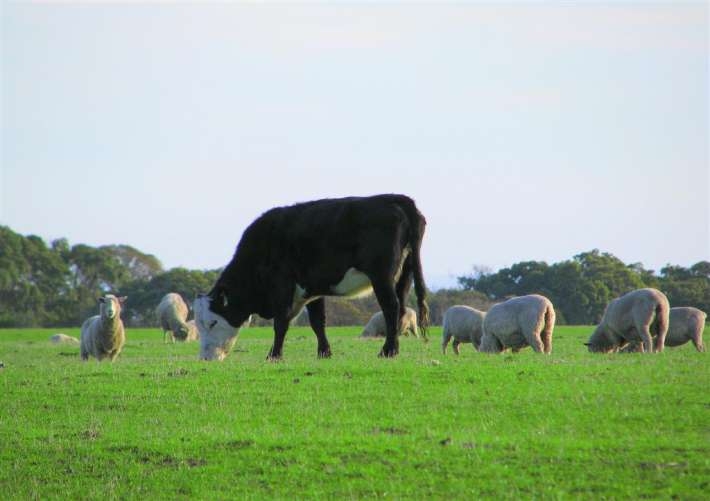
DAIRY
After a period of above average spring weather the nature gods warned us with a cold southern blast bringing a variation of temperatures that has slowed pasture growth. But past conditions have been money in the bank feed wise and most are pleased with the start to spring production, although utilization in wet conditions is reported to be a challenge up north.
Once the bulk of calving is over, September and October management is focused on preparation for mating, the success of which has a significant flow on effect to all areas of production.
The latest globaltrade auction brought pleasing results cumulating in prices rising 23% since the May lows, and gives operators hope that low predicted payouts will be on the rise.
The environmental pressures on the industry tightens with the new Horizon One plan weighted against dairy production, and with the Waikato and Canterbury regulators bringing extra costs and rules to farming operations, the delicate balance between nature and business is getting harder to achieve.
Commerce Commission approval has allowed the purchase of NZ Dairies by Fonterra and operators in this catchment will be relieved that the financial fallout from this failed milk processor will be minimal.
News that a serious animal welfare breach resulted in milking cows being euthanized on the Coast, highlighted the financial pressures some farmers are under and the importance of new conversions adopting sustainable debt levels into budgets.
LAMB
Mixed signals were offered from lamb processors with some lifts and some falls, including sizable discounts for heavier animals. New seasons interest is staring to build with Christmas chilled demand reported to be similar to last year, but weak demand for wool and skins and the stronger currency has eroded farmer returns.
This weeks spring storm will test lamb survival as it coincides with many flocks early to mid birthing date, but hopefully the short duration of the blast and good feed and stock condition will keep losses to a minimum.
Aussie sheep farmers are also hurting in the sheep meat price downturn with price drops of over a $100 for spring ewes sold at saleyards.
As is traditional at this time of year sheep sales at saleyards are quiet and local trade prices remain flat for both lambs and ewes.
WOOL
The North Island auction saw a lift in coarse wool indicator prices and more growers reluctantly accepted the market prices and sold their product and moved on.
Wool Services International reported a drop in profit blaming a high currency, a drop in demand from China’s textile industry and a major decline in consumption for carpet wool in Australasia.
Wool of NZ Trust led by Banks Peninsular farmer Mark Shadbolt is still calling for farmer support for his organization and believes a realistic goal is for crossbred wool to reach $5/kg again in the short term.
BEEF
Small lifts in bull and prime schedules, some of which is driven by chilled programmes retains the optimism for future pricing with this product.
North Island prime saleyard steers are now selling at rates similar to the south and reflect demand seen in the store pens.
DEER
Good lifts in venison schedules were seen in both islands as processors are looking to fill early chilled orders. Reports that more younger animals are closer to target this year reflect the milder winter but with schedule premiums right through to 85kg CWT, feed and contract commitments will determine time of harvest.
We welcome your comments below. If you are not already registered, please register to comment.
Remember we welcome robust, respectful and insightful debate. We don't welcome abusive or defamatory comments and will de-register those repeatedly making such comments. Our current comment policy is here.